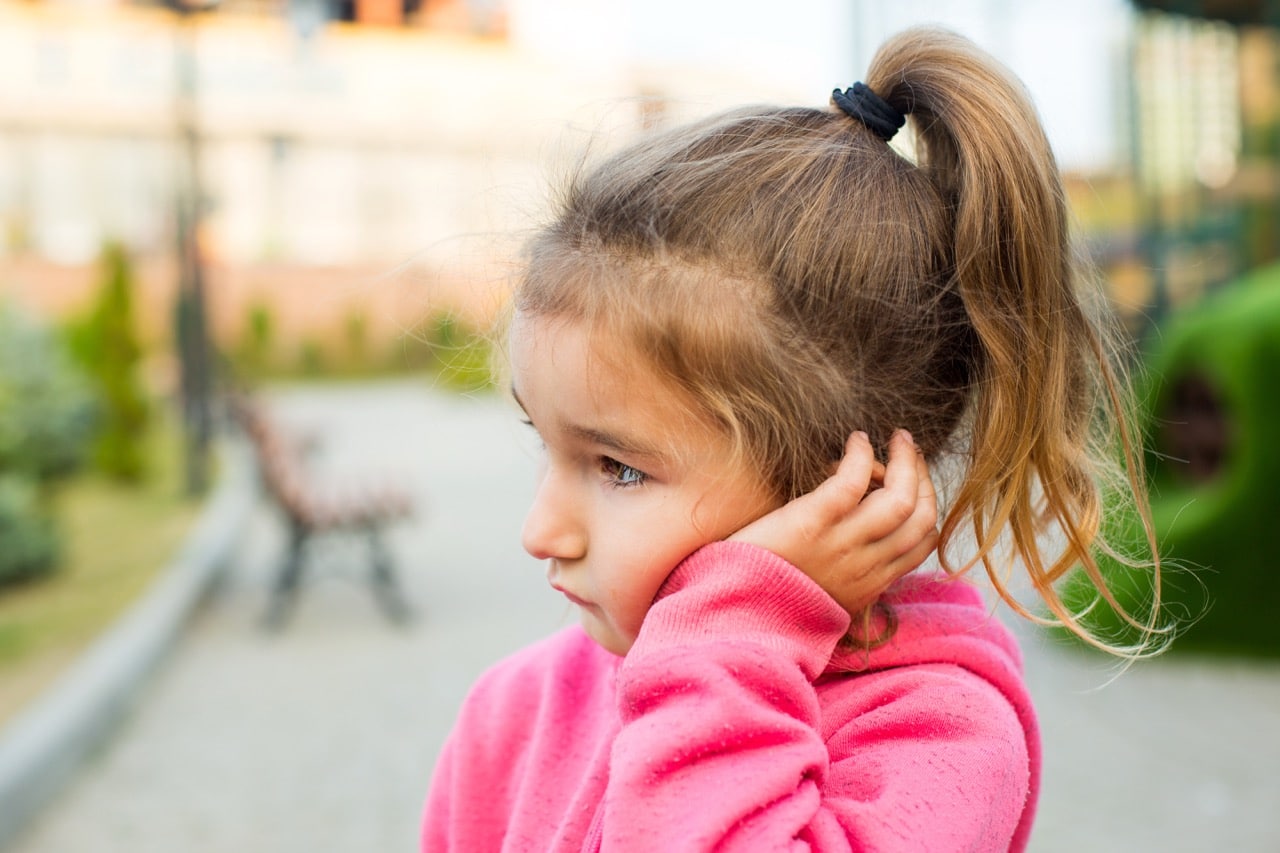Recognizing Mycoplasma Pneumonia: Tips for Parents of Kids
We’re seeing a significant rise in respiratory illnesses at All Kidz Urgent Care this season. If your child has a persistent cough lasting more than a week, this guide is worth reading. Mycoplasma pneumonia cases have been increasing across the United States since late spring, especially among young children.
Understanding mycoplasma pneumonia matters to parents because it presents differently than typical pneumonia. The most common symptoms include prolonged cough and fever, along with malaise and headache. Many children with this condition continue daily activities despite being sick. Additionally, recognizing prolonged cough in children mycoplasma pneumonia helps families seek appropriate treatment. Our pediatric team provides expert evaluation when children develop concerning respiratory symptoms requiring professional assessment.
What Is Mycoplasma Pneumonia?
Mycoplasma pneumonia is a kind of bacterial infection that affects the lungs, often called walking pneumonia since it’s caused by the bacteria Mycoplasma pneumoniae. It tends to cause milder symptoms than typical pneumonia, allowing children to walk around instead of staying in bed. However, it still causes significant discomfort and breathing problems requiring medical attention.
This respiratory infection differs from typical pneumonia in several important ways. Traditional pneumonia often causes severe illness requiring bed rest and sometimes hospitalization. Mycoplasma pneumonia typically produces milder symptoms that develop gradually rather than suddenly. Furthermore, standard antibiotics like penicillin won’t treat mycoplasma pneumonia effectively.
Key characteristics of mycoplasma pneumonia include:
- Caused by the bacterium Mycoplasma pneumoniae rather than typical pneumonia bacteria
- Often called walking pneumonia because children feel well enough to remain active
- Affects older children most commonly though recent trends show younger children getting infected
- Requires specific antibiotics like azithromycin rather than amoxicillin for effective treatment
Symptoms & Signs in Children
While symptoms can take up to four weeks to appear, early signs might look like a common cold initially. Many parents dismiss initial symptoms as minor illness, delaying diagnosis and treatment. Recognizing symptom patterns helps families know when to visit pediatric urgent care for mycoplasma pneumonia evaluation.
Early Stage Symptoms
The telltale symptom of mycoplasma is a dry, persistent cough that distinguishes it from typical colds. Early stage symptoms develop gradually and may seem like standard respiratory infections at first. Children often experience fatigue that seems disproportionate to their apparent illness level.
Watch for these early warning signs:
- Dry cough lasting longer than 1 to 2 weeks without significant improvement
- Low energy and fatigue affecting school performance and activity participation
- Sore throat that may be mild but persistent
- Occasional fever that comes and goes rather than staying consistently high
- Shortness of breath during normal activities or mild exertion
- Skin rash appearing in about 10% of cases
- Ear pain as the infection affects upper respiratory structures
Later Stage and Prolonged Symptoms
Symptoms like cough and runny nose can stick around for weeks, and children could still be shedding infectious bacteria the whole time. The cough associated with mycoplasma pneumonia can linger 2 to 6 weeks, significantly interfering with sleep quality and school attendance. This prolonged cough in children becomes increasingly disruptive as it persists despite treatment beginning.
Parents should monitor symptom duration carefully and report any worsening to healthcare providers promptly.
How It Spreads and Incubation
Mycoplasma pneumoniae is quite contagious and spreads through bodily fluids, including phlegm that is coughed up. It also spreads through airborne droplets when infected people sneeze or cough near others. Close contact significantly increases transmission risk, making schools and daycare centers common outbreak locations.
Mycoplasma pneumoniae has a long incubation period between one to four weeks and can live in the respiratory tract for months. This extended timeline means children may appear healthy while incubating infection or continue spreading bacteria after symptoms improve. Understanding how does mycoplasma pneumonia spread in children helps families implement effective prevention strategies.
The combination of mild symptoms, prolonged contagious period, and common occurrence in group settings explains why mycoplasma pneumonia children symptoms and treatment information has become increasingly important for parents this season.
Diagnosing Mycoplasma Pneumonia
Healthcare providers typically diagnose mycoplasma pneumonia through clinical evaluation based on symptom patterns and physical examination findings. A nasal swab goes back through the nose to the throat, and results come back in about 1 to 2 hours in emergency settings. Pediatrician offices may take a day or two for results to return.
When diagnosing walking pneumonia, pediatricians listen for crackling sounds in breathing. Chest X-rays may show subtle changes but often appear less dramatic than typical pneumonia patterns. This subtle presentation sometimes makes diagnosis challenging without proper testing.
At All Kidz Urgent Care in Torrance, we provide comprehensive evaluations for children who need assessment for respiratory illnesses. Our experienced team recognizes mycoplasma pneumonia patterns and orders appropriate testing when indicated.
Treatment and Home Care Tips
Macrolides are the first-line treatment for this infection, as some antibiotics used to treat pneumonia like penicillin won’t treat mycoplasma pneumoniae. Azithromycin represents the most commonly prescribed antibiotic for mycoplasma pneumonia in children. A 5 to 10 day course of oral antibiotics is usually recommended.
Proper treatment requires following medication schedules exactly as prescribed for best results. Hydration supports immune function and helps thin respiratory secretions for easier clearing. Rest allows the body to focus energy on fighting infection effectively. Additionally, managing persistent cough with appropriate medications improves sleep quality during recovery.
Follow these essential treatment steps:
- Start antibiotic as directed and complete the full course even if symptoms improve
- Encourage rest and fluids to support healing and prevent dehydration
- Monitor cough duration and report if it persists beyond expected timeframes
- Follow up with pediatrician if symptoms don’t improve within 48 hours of starting treatment
- Keep child home from school until fever-free for 24 hours without medication
Possible Complications and When to Worry
Although mild in most kids, mycoplasma pneumonia can lead to hospitalization requiring oxygen therapy or respiratory support. While uncommon, serious complications can occur including new or worsening asthma, severe pneumonia, and encephalitis. Children with underlying respiratory conditions face higher risks for complications requiring intensive medical management.
When you’re seeing the outline of ribs going in and out when they breathe, that’s a sign to call your doctor. Extreme lethargy, persistent high fever despite antibiotics, or difficulty breathing warrant immediate evaluation. Parents should trust their instincts when to visit pediatric urgent care for mycoplasma pneumonia concerns, as early intervention prevents serious complications. Most children recover fully with appropriate treatment, but vigilant monitoring remains essential throughout illness.
Prevention Tips for Parents
Preventing mycoplasma pneumonia requires consistent attention to hygiene practices and infection control measures. Teaching kids to cover their nose and mouth when they cough or sneeze and to frequently wash hands helps prevent transmission. These measures protect against many respiratory infections beyond mycoplasma pneumonia.
Implement these prevention strategies:
- Practice thorough handwashing for at least 20 seconds with soap and water
- Consider wearing masks in crowded indoor spaces during outbreak periods
- Maintain physical distance from people showing respiratory symptoms when possible
- Keep sick children home from school until symptoms improve significantly
- Clean frequently touched surfaces regularly with appropriate disinfectants
- Avoid sharing drinks, utensils, or personal items that contact mouths
When to Visit All Kidz Urgent Care
All Kidz Urgent Care in Torrance specializes in pediatric respiratory illnesses including mycoplasma pneumonia evaluation and treatment. We offer same-day appointments when children develop persistent coughs or suspected pneumonia requiring professional assessment. Our child-focused environment reduces anxiety while providing thorough medical evaluation.
Visit us promptly when your child shows signs of worsening respiratory illness despite home care efforts. Our experienced pediatric team recognizes mycoplasma pneumonia patterns and provides appropriate testing and treatment recommendations. Additionally, we educate families about symptom monitoring and follow-up care needs.
Trust Your Instincts and Seek Expert Care
Mycoplasma pneumonia represents a manageable condition when properly diagnosed and treated early. Understanding symptom patterns helps parents recognize when children need professional medical evaluation. Although most cases remain mild, timely care prevents complications and speeds recovery.
Parents know their children best and should trust instincts about when illness seems more serious than typical colds. Early consultation provides peace of mind and ensures children receive appropriate care for pneumonia kids experience this season.
Visit us at: 2927 Rolling Hills Road, Torrance, CA 90505
Call us: +1 310-292-0054
Email: contactus@allkidzurgentcare.com




